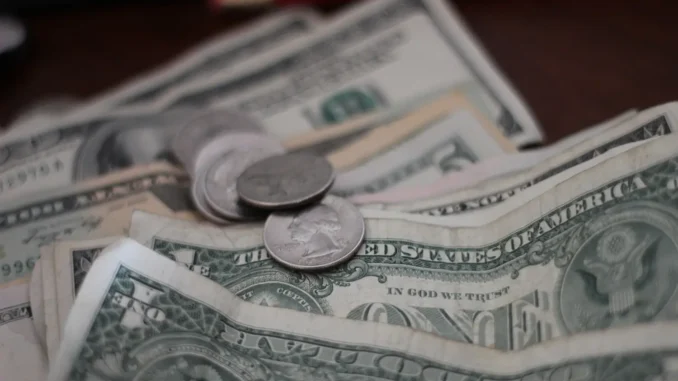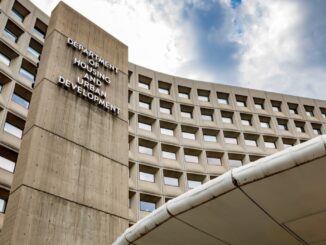
The U.S. Department of Housing and Urban Development (HUD) on Thursday announced nearly $90 million in new funding opportunities to protect the homes of low-income people from a series of health hazards.
The money will go toward prevention and removal of lead paint, carbon monoxide, mold, radon and asbestos in housing units. A portion of the funding will also go to bolstering fire safety.
“The Housing-related Hazards Capital Fund (HRHCF) & Lead-based Paint Capital Fund Program (LBPCF) [Notice of Funding Opportunity (NOFO)] provides grants to public housing authorities and Indian housing authorities to evaluate and reduce residential health hazards in public housing,” the announcement stated.
“HUD estimates that addressing health hazards like mold, carbon monoxide, fire safety, radon, and lead-based paint in public housing units will cost an average of $15,000 per unit.”
That estimate is significantly higher than the average of $3,500 per unit currently received through grants via the Capital Fund Formula, the department said.
For public housing units constructed before 1978, lead paint hazard remediation remains critically important. While some states banned its use before that point, the federal government levied its nationwide ban on consumer uses of lead paint that year.
It is still present in millions of homes, according to an estimate by the Environmental Protection Agency (EPA). While it may not pose a danger if present under a layer of newer paint, cracking and disrepair could expose residents to potential hazards including lead poisoning.
“These grants are critical particularly for children under the age of six who are most at risk of suffering the devastating effects of lead poisoning,” HUD explained. “Funding opportunities like the HRHCF and LBPCF grants address urgent health and safety issues that Public Housing Authorities are often unable to address with their annual Capital Fund Formula grants alone.”
The announcement was made in conjunction with a new initiative made public today by the White House. The Biden administration announced $3 billion to replace toxic lead pipes that remain present in “over 9 million homes, schools, daycares, and businesses,” the White House said.
These initiatives arrive after new agreements established earlier this year between HUD, the EPA, the U.S. Department of Health and Human Services (HHS) and the Centers for Disease Control and Prevention (CDC) to manage dangerous exposures to lead.



